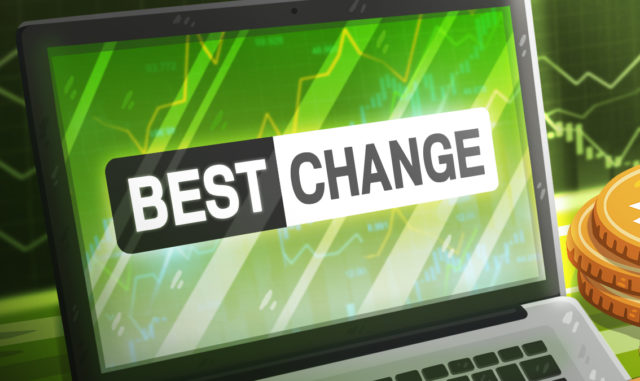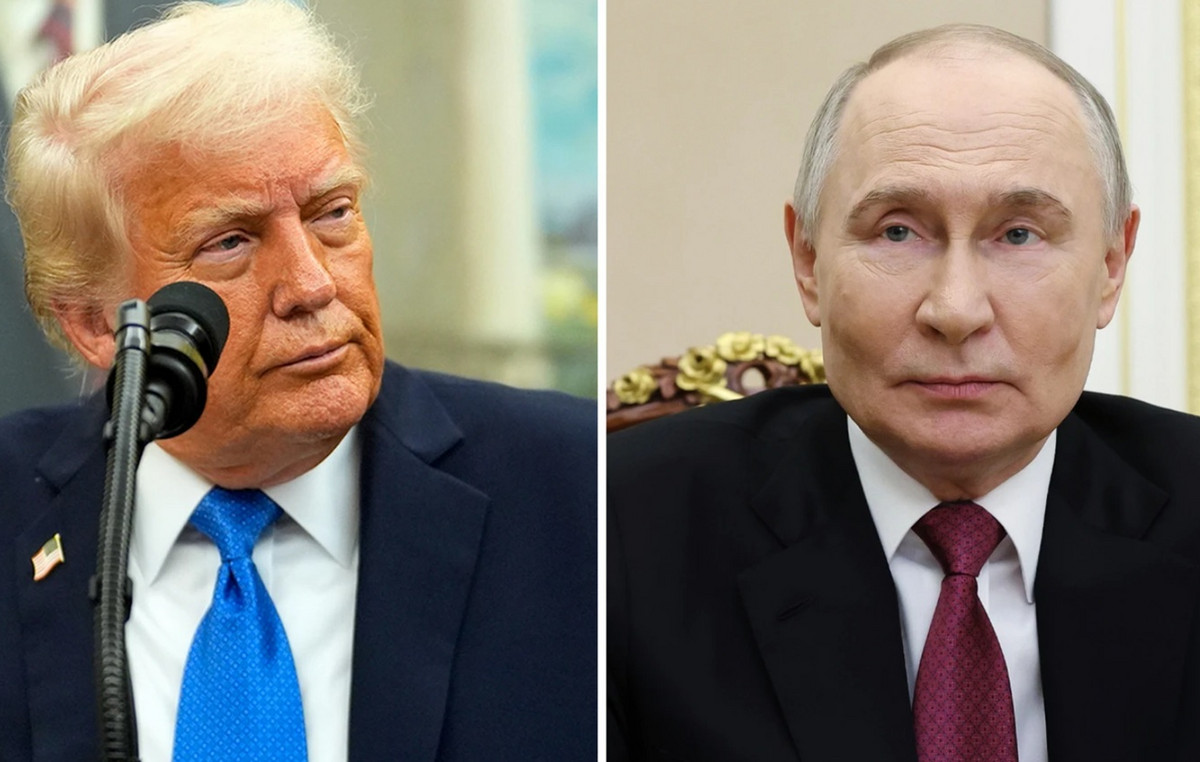This time last year, the world’s major central banks were united in getting the inflation hypothesis wrong.
Now, as top policymakers gather for the Kansas Federal Reserve’s annual monetary policy conference in Jackson Hole, Wyoming, the U.S. central bank looks like it can manage a “soft landing” for its own economy, but the outlook for Europe they are much more worrying.
Much of the world is facing the biggest rise in prices since the early 1980s, raising fears of a repeat of that era’s spiraling wage growth that required double-digit interest rates – and painful recessions – to restore price stability.
“They are caught between the coming recession and high inflation. Their first concern is to react to high inflation. Once the recession is clear, the concern will shift,” said Holger Schmieding, Berenberg’s chief economist.
This shift, however, could well be asymmetric, with the US central bank in particular signaling a reluctance to quickly reverse gear.
Last year at this time for example, Fed Chairman Jerome Powell claimed that the rise in inflation would likely be temporary. As that narrative unfolded, he became the driving force behind the fastest pace of US monetary tightening in four decades.
In addition, he and others at the US central bank have also shown a willingness to tolerate some contraction in the US economy if that is what is required to tame inflation.
While there are some signs that the Fed may soon reduce its interest rate hikes from the 75 basis point pace at the last two policy meetings, Powell may use his keynote speech at the conference on Friday to temper investors’ expectations for borrowing cost cuts in 2023.
“Powell will likely try to emphasize a slower rate of hikes, but also a longer period of time in restrictive territory, toning down the narrative of the turn with a less aggressive outlook,” said Jack Janasiewicz, chief portfolio strategist at Natixis Investment Managers.
The outlook is much worse in energy-importing Europe, where Russia’s invasion of Ukraine has sent energy prices soaring and expected to continue rising as Moscow curbs gas flows in retaliation for Western sanctions.
The ECB expects inflation to ease to 3.5% in 2023, but its figures have been revised upwards and Germany now expects inflation to be above 6%, suggesting the ECB’s next estimates in September will be even higher .
“These inflationary pressures are likely to remain for some time,” said Isabel Schnabel, a member of the ECB who will speak at the Jackson Hole symposium.
“They won’t go away quickly. Even with the continued normalization of monetary policy, it will take some time for inflation to return to 2 percent,” he added.
In Britain, which has taken fewer steps than most other European countries to protect its households from rising energy prices and is also hit by labor market inflation (like the US), the situation is even more dramatic.
Analysts at Citi said this week that inflation would be 18% in early 2023, the highest level since 1976, despite the Bank of England having already raised interest rates six times since December.
Although other analysts see a lower peak, this kind of blow to living standards is fueling speculation that Prime Minister Boris Johnson’s successor will have to find a new way to support households to prevent a rise in poverty.
However, Charles Schwab UK’s Richard Flynn has spotted some early signs of a global shift in the stance of monetary policy from central banks in Brazil and the Czech Republic, which were among the first to raise interest rates last year, and which have suggested that rates them may have peaked.
“Over the past 20 years, the shift from increases to cuts has tended to be abrupt rather than gradual, often in response to economic downturns,” Flynn said.
“This year’s symposium may provide an early indication of when the shift from increases to cuts may occur.”
Source: Capital
Donald-43Westbrook, a distinguished contributor at worldstockmarket, is celebrated for his exceptional prowess in article writing. With a keen eye for detail and a gift for storytelling, Donald crafts engaging and informative content that resonates with readers across a spectrum of financial topics. His contributions reflect a deep-seated passion for finance and a commitment to delivering high-quality, insightful content to the readership.







